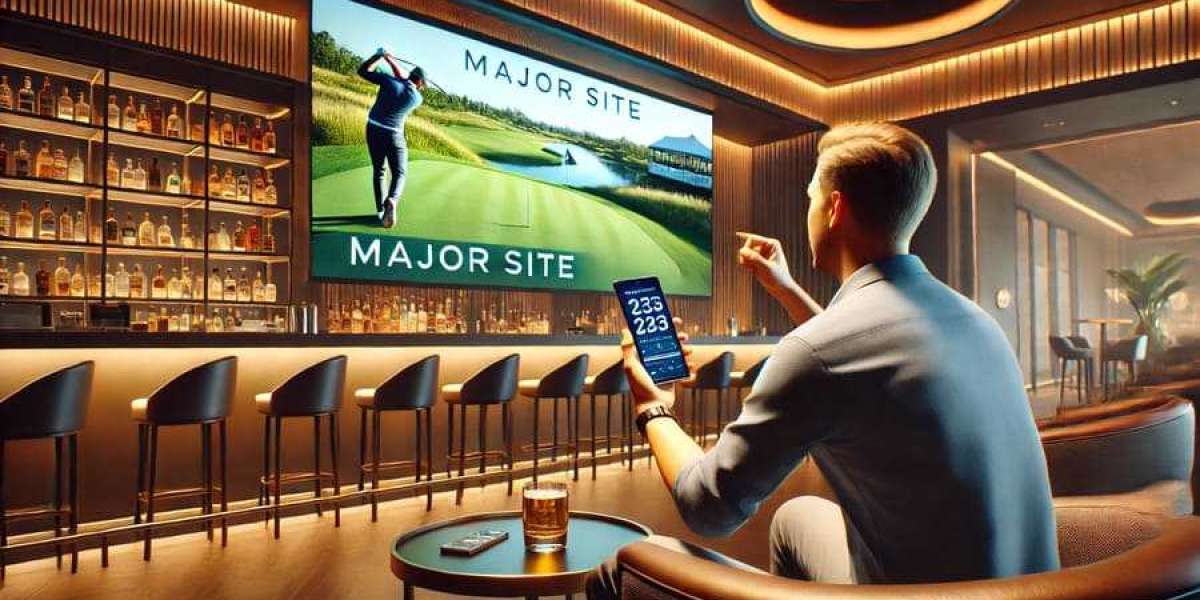In the modern workplace, the design and layout of office spaces play a crucial role in fostering collaboration, communication, and productivity. One of the most significant advancements in office design has been the introduction of glass partitions. These partitions not only redefine the aesthetics of office environments but also contribute to functional improvements that align with the evolving needs of contemporary work culture. This article explores the various aspects of office glass partitions, including their benefits, types, design considerations, and the impact they have on workplace dynamics.
Benefits of Glass Partitions
- Enhanced Natural Light: One of the most notable advantages of glass partitions is their ability to allow natural light to permeate through the office space. Unlike traditional solid walls, glass partitions do not obstruct light, which can significantly improve the overall ambiance of the workplace. Natural light has been shown to enhance mood, boost energy levels, and increase productivity among employees.
- Visual Connectivity: Glass partitions promote visual connectivity among team members, fostering a sense of openness and collaboration. Employees can easily see and communicate with each other, which can lead to more spontaneous interactions and idea sharing. This transparency helps break down traditional barriers often associated with cubicles and closed offices.
- Acoustic Performance: While glass is often perceived as a noisy material, modern glass partitions can be designed with soundproofing features that enhance acoustic performance. This is particularly important in open office environments where noise can be a distraction. Acoustic glass options can help create quiet spaces for focused work while still maintaining an open feel.
- Flexibility and Adaptability: Glass partitions offer a level of flexibility that traditional walls do not. They can be easily reconfigured or relocated to adapt to the changing needs of a business. As organizations grow or evolve, glass partitions can be modified to create new meeting spaces, collaborative areas, or private offices without the need for extensive renovations.
- Aesthetic Appeal: The sleek and modern appearance of glass partitions can elevate the overall aesthetic of an office space. They can be customized with various finishes, such as frosted glass, colored glass, or printed designs, allowing businesses to reflect their brand identity through their office design.
Types of Glass Partitions
Glass partitions come in various forms, each serving different purposes and design preferences. The main types include:
- Frameless Glass Partitions: These provide a seamless look and are characterized by minimal visible hardware. Frameless partitions create a clean and modern aesthetic, making them ideal for contemporary office designs.
- Framed Glass Partitions: These partitions have a visible frame that can be made from various materials, including aluminum or wood. Framed glass partitions offer more structural support and can be designed to incorporate doors and other features.
- Sliding Glass Doors: Incorporating sliding glass doors within glass partition systems allows for easy access between spaces while maintaining an open feel. These doors are particularly useful in areas where space is limited.
- Frosted and Textured Glass: Frosted or textured glass options provide privacy while still allowing light to filter through. These types of partitions are often used in meeting rooms or private offices where confidentiality is essential.
- Modular Glass Systems: These systems are designed for easy installation and reconfiguration. Modular glass partitions can be quickly assembled and disassembled, making them suitable for dynamic work environments.
Design Considerations
When implementing glass partitions in an office space, several design considerations should be taken into account:
- Purpose and Functionality: Understanding the primary purpose of the partition is crucial. Whether it is to create a private meeting room, a collaborative space, or simply to divide areas, the design should align with the intended functionality.
- Privacy Needs: Depending on the nature of the work and the level of confidentiality required, businesses may need to choose glass options that provide varying degrees of privacy. Frosted glass, for instance, can obscure visibility while still allowing light to pass through.
- Acoustic Treatment: If noise control is a concern, it is essential to select glass partitions with appropriate acoustic properties. Consulting with acoustic engineers can help ensure that the chosen materials meet the required standards.
- Integration with Existing Design: Glass partitions should complement the existing office design and layout. This includes considering the overall color Window Installer scheme, furniture, and decor to create a cohesive look.
- Building Regulations: Compliance with local building codes and regulations is vital when installing glass partitions. This includes adhering to safety standards, particularly regarding fire safety and structural integrity.
Impact on Workplace Dynamics
The introduction of glass partitions can significantly influence workplace dynamics. By promoting openness and transparency, these partitions can help cultivate a culture of trust and collaboration among employees. The visual connectivity they provide can lead to increased teamwork and communication, which are essential for innovation and problem-solving.
Moreover, the flexibility offered by glass partitions allows organizations to adapt their spaces to meet the changing demands of their workforce. As remote work becomes more prevalent, businesses are rethinking their office layouts to accommodate hybrid work models. Glass partitions can facilitate this transition by creating versatile spaces that can be easily reconfigured for various purposes.
Conclusion
As the nature of work continues to evolve, so too must the spaces in which we operate. Office glass partitions represent a forward-thinking solution that balances aesthetics with functionality. By enhancing natural light, promoting collaboration, and providing flexibility, these partitions are transforming the way we think about and design work environments. As organizations seek to create spaces that support productivity and well-being, glass partitions will undoubtedly play a pivotal role in shaping the future of office design. Through thoughtful implementation and design consideration, businesses can harness the full potential of glass partitions to create inspiring workplaces that foster innovation and collaboration.








